Key Documents
SML2381
APY29
≥97% (HPLC)
Synonim(y):
APY 29, APY-29, APY29 (type I kinase inhibitor), N2-(1H-Benzo[d]imidazol-6-yl)-N4-(3-cyclopropyl-1H-pyrazol-5-yl)pyrimidine-2,4-diamine, N2-1H-Benzimidazol-6-yl-N4-(5-cyclopropyl-1H-pyrazol-3-yl)-2,4-pyrimidinediamine
About This Item
Polecane produkty
Próba
≥97% (HPLC)
Postać
powder
kolor
white to beige
rozpuszczalność
DMSO: 2 mg/mL, clear
temp. przechowywania
−20°C
ciąg SMILES
C1(NC2=CC(C3CC3)=NN2)=CC=NC(NC4=CC=C(N=CN5)C5=C4)=N1
InChI
1S/C17H16N8/c1-2-10(1)13-8-16(25-24-13)22-15-5-6-18-17(23-15)21-11-3-4-12-14(7-11)20-9-19-12/h3-10H,1-2H2,(H,19,20)(H3,18,21,22,23,24,25)
Klucz InChI
WJNBSTLIALIIEW-UHFFFAOYSA-N
Opis ogólny
Działania biochem./fizjol.
Kod klasy składowania
11 - Combustible Solids
Klasa zagrożenia wodnego (WGK)
WGK 3
Temperatura zapłonu (°F)
Not applicable
Temperatura zapłonu (°C)
Not applicable
Certyfikaty analizy (CoA)
Poszukaj Certyfikaty analizy (CoA), wpisując numer partii/serii produktów. Numery serii i partii można znaleźć na etykiecie produktu po słowach „seria” lub „partia”.
Masz już ten produkt?
Dokumenty związane z niedawno zakupionymi produktami zostały zamieszczone w Bibliotece dokumentów.
Nasz zespół naukowców ma doświadczenie we wszystkich obszarach badań, w tym w naukach przyrodniczych, materiałoznawstwie, syntezie chemicznej, chromatografii, analityce i wielu innych dziedzinach.
Skontaktuj się z zespołem ds. pomocy technicznej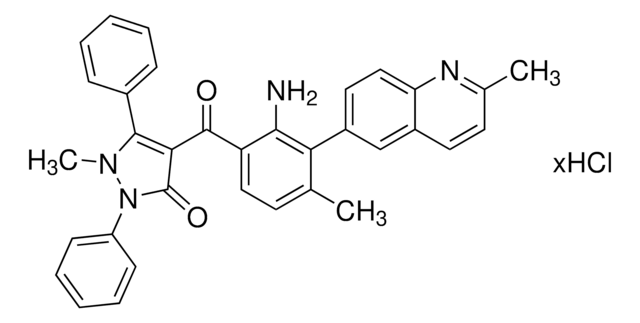
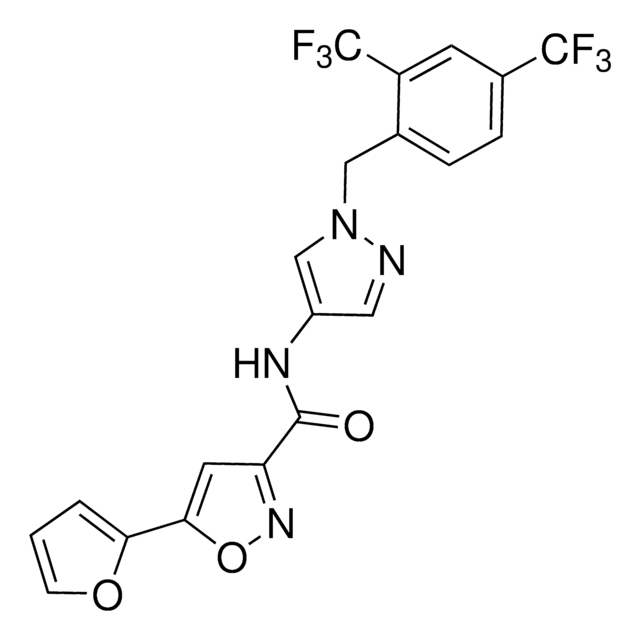


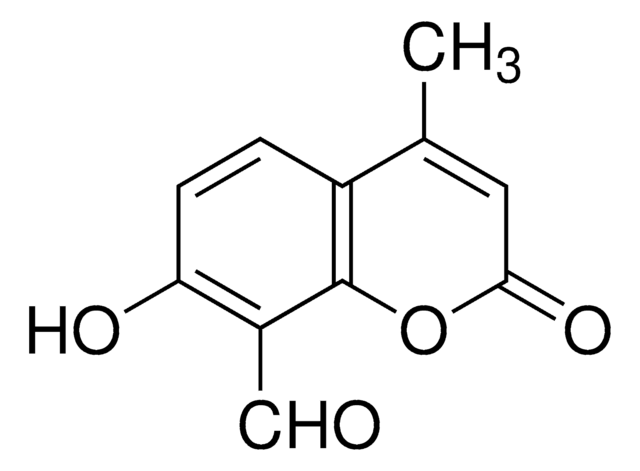
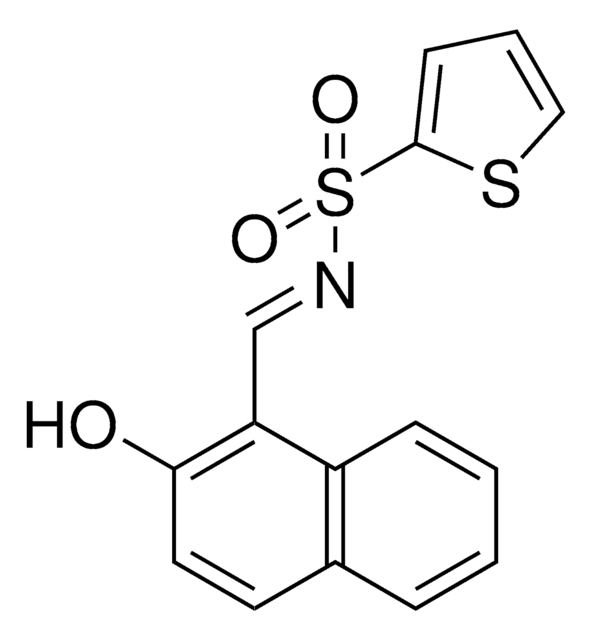
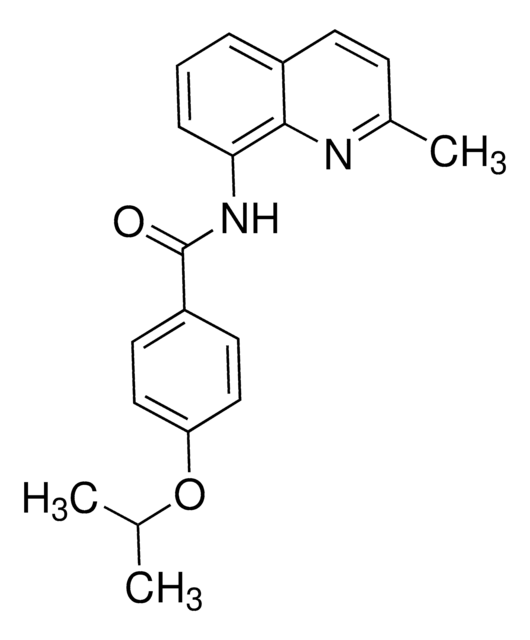

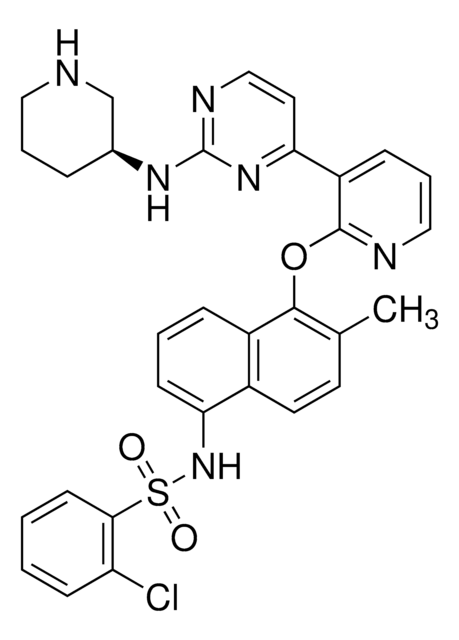
![PERK Inhibitor I, GSK2606414 GSK2606414 is a cell-permeable, highly potent inhibitor of EIF2AK3/PERK (IC₅₀ = 0.4 nM; [ATP] = 5 µM). Targets PERK in its inactive DFG conformation at the ATP-binding region.](/deepweb/assets/sigmaaldrich/product/structures/180/559/efa716dc-d5fe-4339-a6f0-0103084fc04a/640/efa716dc-d5fe-4339-a6f0-0103084fc04a.png)